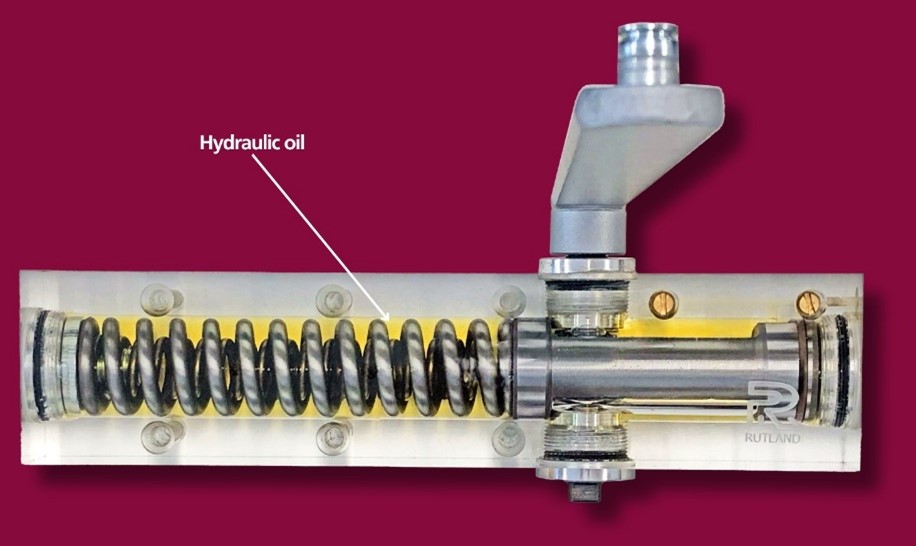Your guide to resolving air pressure issues
Here’s a guide to resolving air pressure issues when installing door closers with residential buildings.
Air pressures and door closing
When a door closes, the door attempts to squeeze air into the room it’s closing on. Air needs time to escape the room and reach an equal air pressure on each side of the door. To enable this equalisation, the door needs to be closed more slowly, but with a greater force.
Remember…
Power up: Increase the power size of the door closer
then
Speed down: Decrease the closing speed of the door closer
The smallest adjustments can make the biggest difference. Check out the video below for more information:
However, the above may not always resolve your air pressure issues, and there may be other factors at play. These may include:
- Excessive smoke seals
- Poorly designed keeps and latches
- Incorrectly fitted door closer with no pretension on the armset
- Wind vortex within high-rise buildings
For further support please contact our technical support team today by calling +44 (0)1246 261491 or using our web chat function.
Little finger check
Just like the sail on a boat, a door catches any draft passing through a building. Wind movement around a building can cause positive or negative air pressures.
Here’s an easy way to check if there might be an air pressure problem causing door closing issues.
It should be easy to close a fire door with the push of your little finger. To test this, disconnect the door closer arm. If you can’t close the door with your little finger, then don’t expect a closer be able to close the door. A door not closing can indicate that the pressure difference is too high, or other self-closing saboteurs (such as the design of the latch and keep, or joinery) requires remedial work.
In situations where there is a very high difference in air pressures, or excessive door width and weight, an automatic closer may be required as a more reliable solution.may
Relevant Articles
Request a call back
Leave us your contact details and we will call you back for a free consultation about your requirements.



